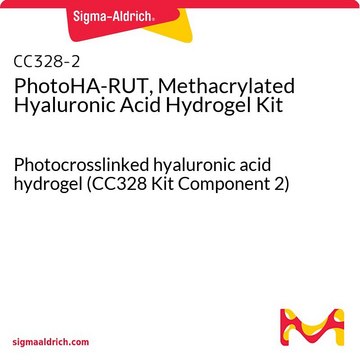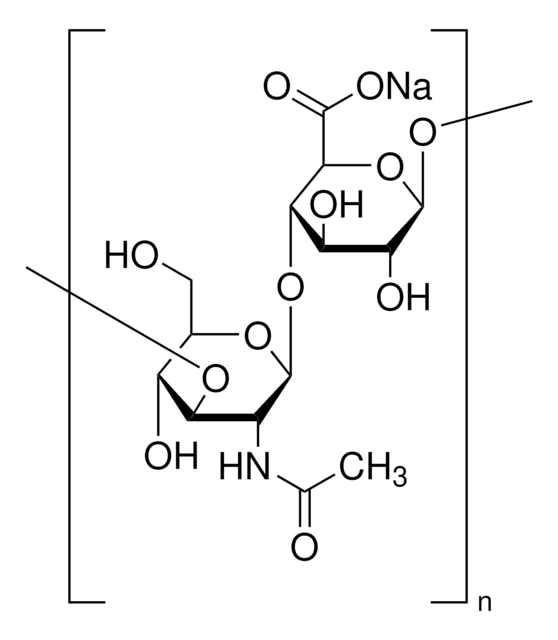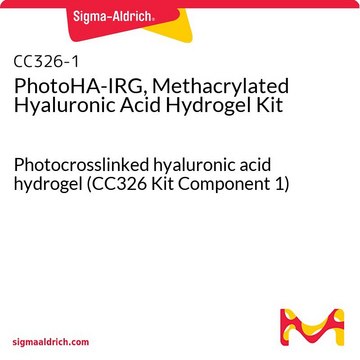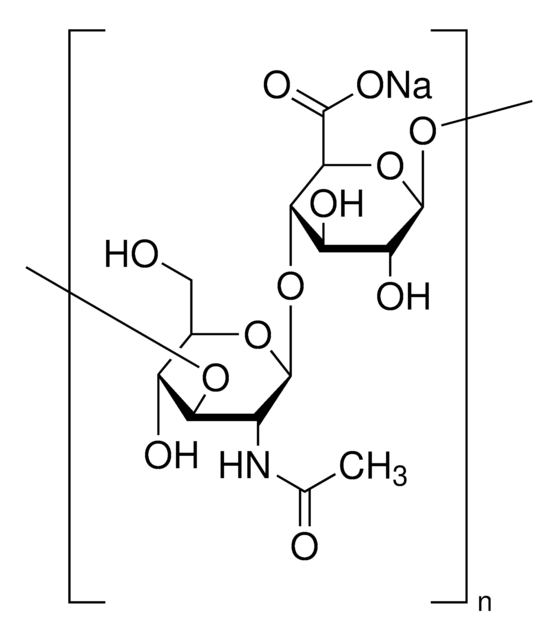CC328-1
PhotoHA-RUT, Methacrylated Hyaluronic Acid Hydrogel Kit
Photocrosslinked hyaluronic acid hydrogel (CC328 Kit Component 1)
About This Item
Polecane produkty
Postać
lyophilized powder
Zastosowanie
cell analysis
Opis ogólny
Zastosowanie
Opakowanie
Komponenty
Note: The complete PhotoHA-RUT, Methacrylated Hyaluronic Acid Hydrogel Kit (CC328) consists of CC328-1 and CC328-2 sold seperately.
Jakość
Oświadczenie o zrzeczeniu się odpowiedzialności
Hasło ostrzegawcze
Danger
Zwroty wskazujące rodzaj zagrożenia
Zwroty wskazujące środki ostrożności
Klasyfikacja zagrożeń
Acute Tox. 4 Oral - Ox. Sol. 3 - Resp. Sens. 1 - Skin Irrit. 2 - Skin Sens. 1 - STOT SE 3
Organy docelowe
Respiratory system
Kod klasy składowania
5.1B - Oxidizing hazardous materials
Certyfikaty analizy (CoA)
Poszukaj Certyfikaty analizy (CoA), wpisując numer partii/serii produktów. Numery serii i partii można znaleźć na etykiecie produktu po słowach „seria” lub „partia”.
Masz już ten produkt?
Dokumenty związane z niedawno zakupionymi produktami zostały zamieszczone w Bibliotece dokumentów.
Produkty
Hydrożele są najczęściej stosowanymi systemami do hodowli komórek 3D. Dowiedz się więcej o tej technologii (czym są hydrożele? Jak je wybrać?)
Nasz zespół naukowców ma doświadczenie we wszystkich obszarach badań, w tym w naukach przyrodniczych, materiałoznawstwie, syntezie chemicznej, chromatografii, analityce i wielu innych dziedzinach.
Skontaktuj się z zespołem ds. pomocy technicznej








